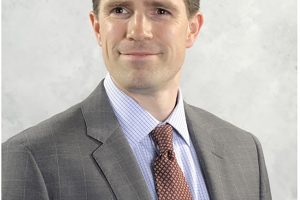
Over the past decade, performance-based provisions for the design of structures to resist fire have been gaining momentum as a viable alternative to prescriptive methods, which have historically been the state-of-practice in the US. Prescriptive codes state how a structure is to be constructed to resist exposure to unwanted fire, while performance-based methods examine the changes in demand and capacity that occur as a structural member is heated while also considering the effects of its connection to the surrounding structure. Prescriptive provisions typically provide a semi-empirical resistance rating to a “standard” fire exposure, whereas a performance-based approach can be used to evaluate the ability of structural systems to survive fire until burnout by using realistic fire temperature time histories that include a decay phase. The framework for performance-based analysis of structures under fire has three steps: (1) the fire model, which calculates the temperature-time history of the compartment or compartments on fire, (2) the heat transfer model, which calculates the temperature imposed by the fire on the structural members, and (3) a structural analysis that considers the temperature effects on the structural response. When deciding which tools to employ, the analyst must make several decisions regarding the complexity of the models in each step in order to achieve an acceptable balance of accuracy and efficiency. This presentation will highlight opportunities in the current state-of-practice for emerging methods in performance-based structural-fire design, which is now included in Appendix E of ASCE 7-16 and ASCE’s new Manual of Practice 138.
Spencer Quiel is an associate professor of structural engineering at Lehigh University. He is a recipient of the 2016 AISC Milek Fellowship, a two-time recipient of the PCI Jenny Fellowship, and is a professionally licensed engineer in Pennsylvania and Virginia. His research focuses on structural resistance to extreme loads, particularly fire, blast, and progressive collapse. Before coming to Lehigh, Prof. Quiel worked professionally for four years at Hinman Consulting Engineers in Washington, D.C. He completed his PhD in structural engineering at Princeton University on a Department of Homeland Security Graduate Fellowship.